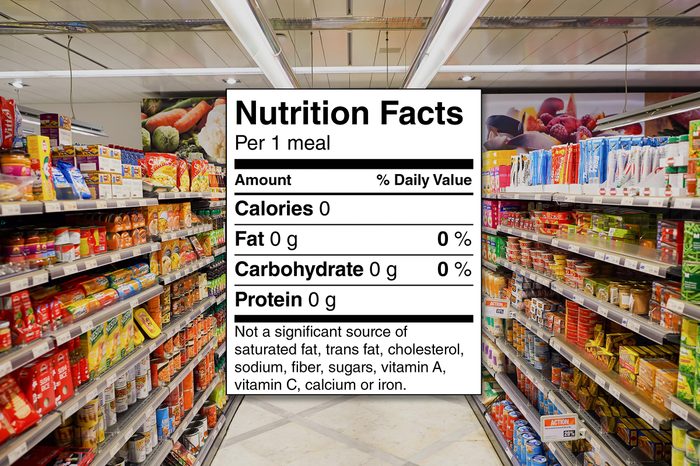
Manufacturers may be fooling you
We hate to be the bearers of bad news, but all those zero-calorie foods you’ve been munching on with abandon aren’t really calorie-free. Nothing you put in your mouth, chew, and swallow is completely free, it turns out. As the American Heart Association notes, the FDA allows manufacturers to say that a food is calorie-free if a serving is less than five calories. Which means that if you’re squirting a lot of that “calorie-free” flavoring into your smoothie, or spraying a bunch of that “no-cal” cooking spray in your pan, you are getting up to 20 to 30 calories. Here’s a look at some of the biggest zero-calorie offenders. And these are some other ways we’re reading food labels wrong.

Spray oil
Each spritz of cooking spray lasting one-third of a second contains about two calories. If you douse your pan for longer (and who doesn’t?), it can add up. If you’re worried about that, opt for steaming over roasting or frying your produce and proteins. “Most liquid oils contain a similar amount of calories—roughly 120 calories per tablespoon—and this amount isn’t going to differ much from oil to oil,” says New York City-based registered dietitian nutritionist Amy Gorin, owner of Amy Gorin Nutrition. “Olive oil, for example, contains 119 calories per tablespoon, while avocado oil contains 124 calories per tablespoon.” So while this avocado spray lists zero calories on the nutrition label, it is not calorie-free.
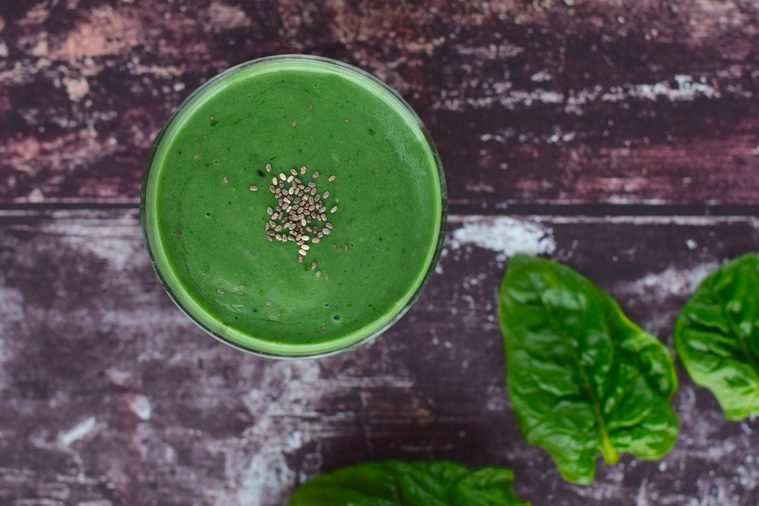
Spirulina
As far as trendy ingredients go, spirulina is currently leading the pack. “Spirulina is a type of algae that contains many vitamins and minerals, as well as protein,” explains Gorin. “One tablespoon of dried spirulina contains 20 calories and offers about four grams of protein.” In addition to giving your smoothie a protein boost, spirulina can potentially help people with allergies. “One study found that patients with allergic rhinitis receiving 2,000 milligrams of spirulina daily noticed beneficial effects,” says Gorin. “You can purchase spirulina in capsule or powdered form. For the capsule form, 2,000 milligrams would contain about seven calories.” (Check out these other ways nutritionists sneak more protein into their diet.)
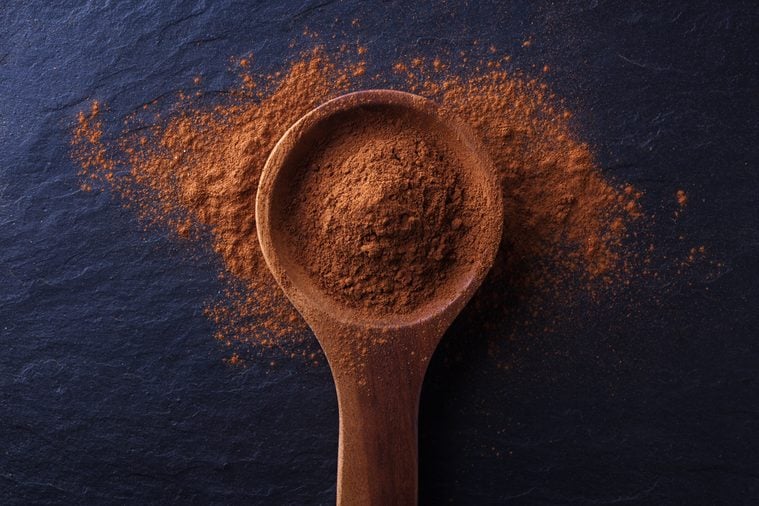
Cinnamon
Spices are a fantastic way to flavor food, but they’re not calorie-free like many people think. Yes, they are very low in calories—especially compared to most condiments and sauces—but Gorin says that one teaspoon of cinnamon contains six calories. While cinnamon is a great way to sweeten your coffee or homemade muffins, it can also improve your health. “Research shows that cinnamon may help control blood-sugar levels, especially in people with type 2 diabetes,” says Gorin. “Even just one gram of cinnamon—about half a teaspoon—daily has been found to have beneficial effects.” This is a spice that’s worth its weight in calories. Check out how cinnamon may also be the secret to boosting weight loss.
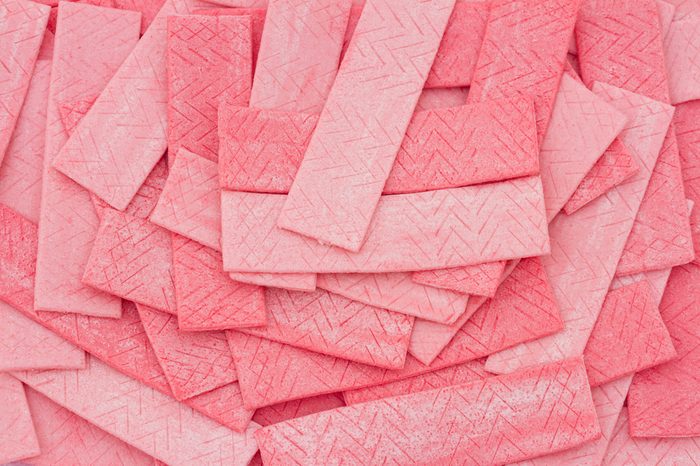
Sugar-free gum and mints
Don’t be fooled by sugar-free labeling—it doesn’t mean calorie-free. “Each stick of sugar-free gum has five calories, and if you chew a large pack (18 sticks), that’s 90 extra calories daily,” says Pittsburgh-based registered dietitian Leslie J. Bonci, owner of Active Eating Advice. Ditto for sugar-free mints like Tic Tacs. “These may only have two calories in one, but they’re very easy to overconsume over the course of the day.” Also keep in mind that some sugar-free candies and gums can contain sweeteners called sugar alcohols (xylitol, sorbitol, and mannitol), which can cause diarrhea when consumed in large quantities. (So definitely don’t chew an entire pack of gum.)
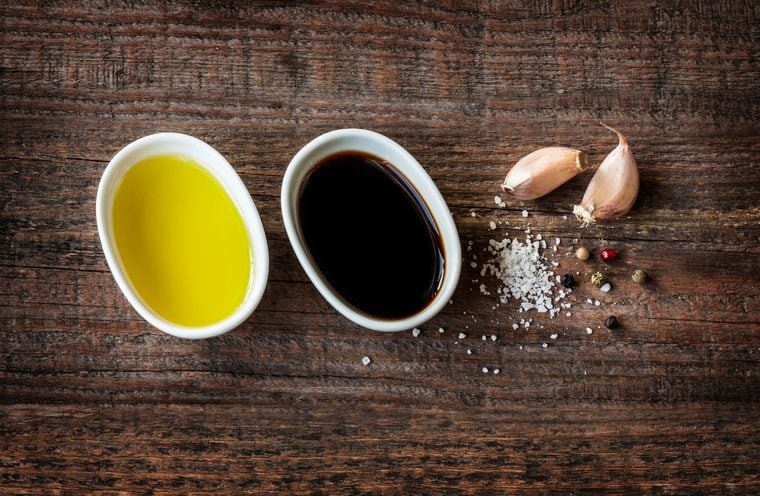
Fat-free dressing
The calories in a single tablespoon of fat-free dressing, may say zero, but even if that was true (which we know it’s not), who uses a single tablespoon? “Most people try to have a big salad to fill them up, and that means more dressing,” says Bonci. “Yes, the calorie-free dressing may have fewer calories than most regular ones, but the more you use, the more calories you will accumulate.”
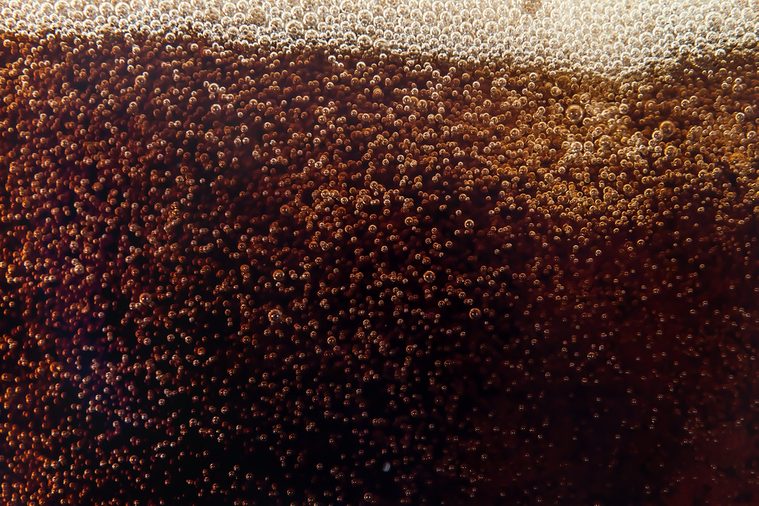
Diet soda
You’ll see calorie-free claims on diet soda because it contains artificial sweeteners, gel, and fiber that aren’t absorbed by the intestinal tract. But there’s more to worry about here than a few extra calories. “The concern with artificial sweeteners is that they confuse the brain in terms of sweetness detection, insulin signals, and hunger/satiety signals,” says Shilpi Agarwal, MD, a family medicine physician based in the Washington, D.C., area and the author of The 10-Day Total Body Transformation. “In the long term, we know that people who consume a lot of artificial sweeteners—for example, diet-soda drinkers—are actually heavier [and] gain more weight.” The evidence linking diet soda and weight gain is worth more investigation.
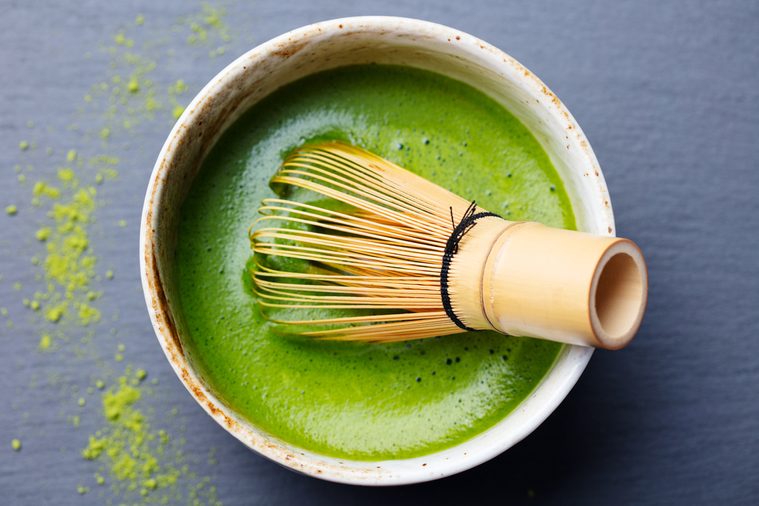
Matcha
Matcha is full of good-for-you antioxidants, according to research published in the Journal of Chromatography, but unlike green tea, it’s not calorie-free. Why? Matcha is a powdered green tea that is prepared by whisking the powder with hot water, meaning that you’re ingesting the tea leaves. On the plus side, the calories are very minimal, and matcha boasts significantly more nutritional benefits than you would get with traditionally brewed leaf teas. In fact, 1/4 to 1/2 teaspoon of matcha is equal to eight to ten cups of regular tea in terms of its antioxidant power. Here are other healthier alternatives to your morning cup of coffee.
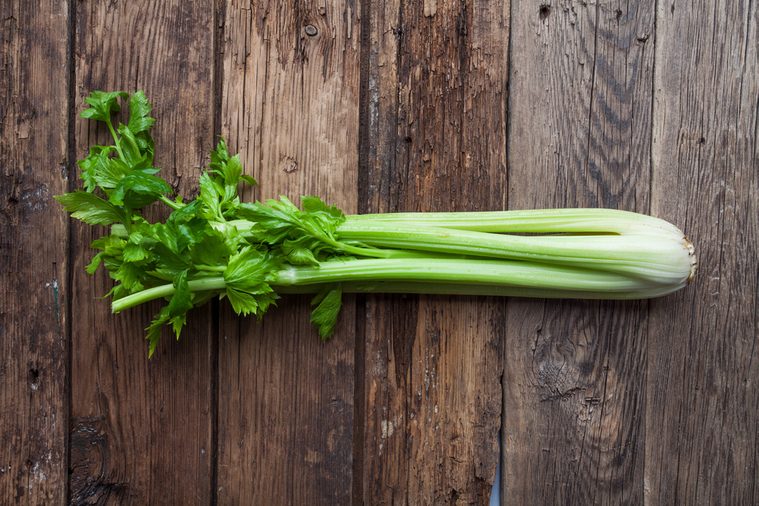
Celery
The myth: Celery has zero calories because you burn more calories chewing it than the vegetable actually contains. The truth: Celery is mostly water and fiber, but it still has calories. That said, it is about as close to being calorie-free as you can get, so it’s a better lo-cal choice than many other options on this list. Here are other common food myths that are wildly untrue.
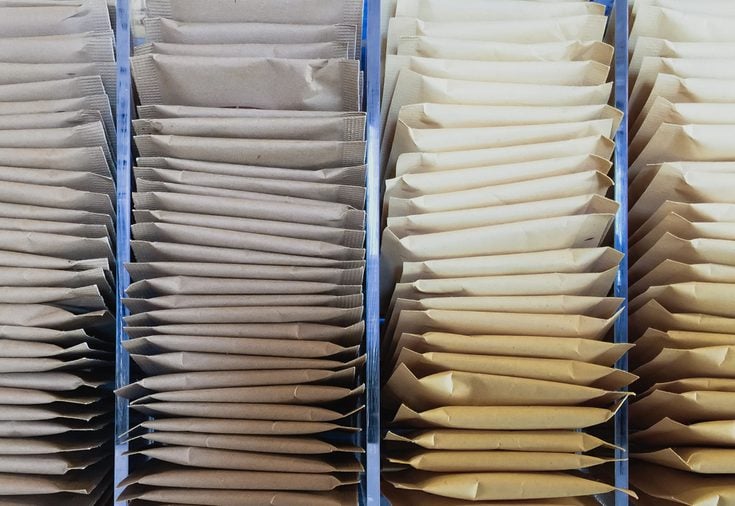
Splenda
Splenda may also be associated with weight gain, and not just because of its zero-calorie claim. “It’s an artificial sweetener, which confuses the brain in terms of satiety signals and can cause weight gain down the road,” says Dr. Shilpi. “Avoid it.” For other foods that you may want to avoid, check out these things nutritionists never eat.

